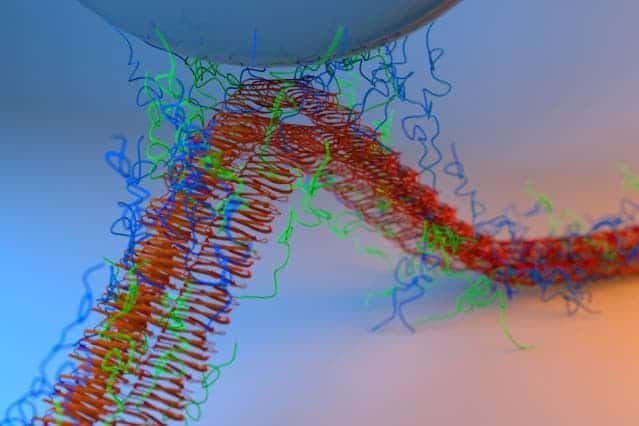
Taking inspiration from nature, scientists at MIT have engineered a new sort of glue that acts like a powerful adhesive even in underwater conditions and can cling on to virtually any surface, be it metal or organic. The glue might prove to be useful to repair ships or seal wounds and surgical incisions.
The strongest underwater glue to date
Shellfish like mussels and barnacles are a familiar sight to seamen since they’re often found by the thousands clinging to rocks or ship hulls. They hold on tightly even through the worse of storms and can be very difficult to detach, much to the exasperation of the maintenance crew. This uncanny ability is made possible by very sticky proteins secreted by such animals, called mussle foot protein.
[ALSO READ] Making a novel glue out of gold
Previously, scientists engineered E. coli bacteria to produce the same proteins, however the resulting matter wasn’t nearly as adhesive. This time, the MIT engineers took an alternate route; while they engineered the same E. coli bacteria to secret these proteins, they were also careful to add and activate genes that produce curli fibers. Curl fibers are fibrous proteins that can naturally join together and self-assemble into much larger, more complicated compounds. More familiarly, the fibers join to form a biofilm – slimy layers formed by bacteria growing on a surface.
Two experiments were made where curli fibers bonded to either mussel foot protein 3 or mussel foot protein 5.After purifying these proteins from the bacteria, the researchers let them incubate and form dense, fibrous meshes. The resulting material has a regular yet flexible structure that binds strongly to both dry and wet surfaces.
“The result is a powerful wet adhesive with independently functioning adsorptive and cohesive moieties,” says Herbert Waite, a professor of chemistry and biochemistry at the University of California at Santa Barbara who was not part of the research team. “The work is very creative, rigorous, and thorough.”
The team tested the resulting matter with atomic force microscopes – a technique for analyzing the surface of a rigid material all the way down to the level of the atom. AFM uses a mechanical probe – the tip – to magnify surface features up to 100,000,000 times, and it produces 3-D images of the surface.The researchers found that the adhesive bonded strongly to different types of materials, using three tips for the microscope: silica, gold, and polystyrene. Adhesives assembled from equal amounts of mussel foot protein 3 and mussel foot protein 5 formed stronger adhesives than those with a different ratio, or only one of the two proteins on their own.
The researchers report the resulting adhesive is actually stronger than naturally occurring mussel adhesives and that it’s the strongest protein-based glue designed to work underwater, reported to date. Findings appeared in the journal Nature Nanotechnology.






